-
 Bitcoin
Bitcoin $118000
0.67% -
 Ethereum
Ethereum $3750
0.71% -
 XRP
XRP $3.183
1.61% -
 Tether USDt
Tether USDt $1.000
-0.01% -
 BNB
BNB $788.1
1.21% -
 Solana
Solana $186.0
0.85% -
 USDC
USDC $0.9999
-0.02% -
 Dogecoin
Dogecoin $0.2373
1.25% -
 TRON
TRON $0.3204
1.76% -
 Cardano
Cardano $0.8266
1.85% -
 Hyperliquid
Hyperliquid $44.04
1.28% -
 Sui
Sui $4.192
5.88% -
 Stellar
Stellar $0.4399
2.63% -
 Chainlink
Chainlink $18.40
1.19% -
 Hedera
Hedera $0.2842
9.06% -
 Bitcoin Cash
Bitcoin Cash $560.5
2.46% -
 Avalanche
Avalanche $24.99
4.58% -
 Litecoin
Litecoin $114.5
1.25% -
 UNUS SED LEO
UNUS SED LEO $8.980
-0.03% -
 Shiba Inu
Shiba Inu $0.00001406
0.53% -
 Toncoin
Toncoin $3.306
4.27% -
 Ethena USDe
Ethena USDe $1.001
0.03% -
 Polkadot
Polkadot $4.169
2.37% -
 Uniswap
Uniswap $10.56
1.95% -
 Monero
Monero $322.8
1.06% -
 Dai
Dai $0.0000
0.00% -
 Bitget Token
Bitget Token $4.545
0.12% -
 Pepe
Pepe $0.00001261
1.29% -
 Aave
Aave $296.5
1.27% -
 Cronos
Cronos $0.1379
5.90%
How to bridge assets on Coinbase Wallet
Coinbase Wallet enables users to bridge assets across blockchains using trusted cross-chain bridges, enhancing interoperability and access to diverse dApps.
Jul 27, 2025 at 01:14 am
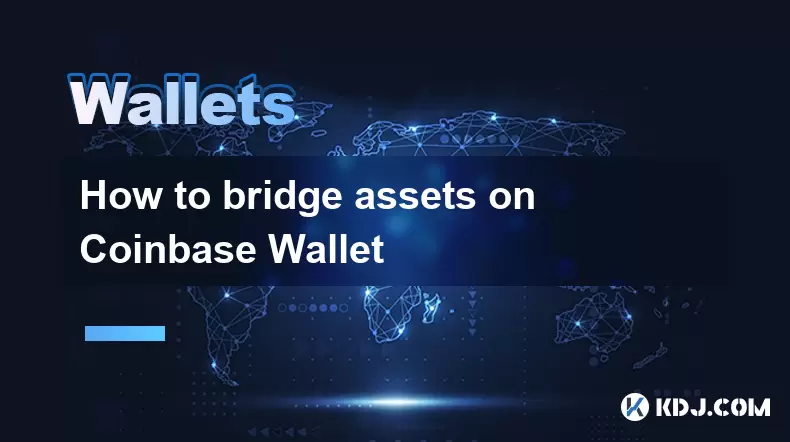
What Is Asset Bridging in the Context of Coinbase Wallet?
Bridging assets refers to the process of transferring tokens from one blockchain network to another. This functionality is essential in a multi-chain ecosystem where users might want to move assets like Ethereum (ETH), stablecoins, or other ERC-20 tokens to a different network such as Polygon, Arbitrum, or Optimism. Coinbase Wallet, as a non-custodial wallet, allows users to interact with various decentralized applications (dApps) and blockchain networks, including the ability to bridge assets between chains.
The primary purpose of bridging is to enable interoperability, reduce transaction fees, and access specific dApps or services on different networks. It’s important to note that bridging assets is not a simple wallet-to-wallet transfer; it involves smart contracts, locking mechanisms, and minting or unlocking tokens on the destination chain.
Setting Up Coinbase Wallet for Multi-Chain Use
Before you can bridge assets, you need to ensure that Coinbase Wallet is configured to interact with multiple blockchains. By default, it connects to the Ethereum network, but you can manually add other networks like Binance Smart Chain, Polygon, and others.
- Open the Coinbase Wallet app
- Tap on the network selector (usually labeled "Ethereum Mainnet")
- Choose "Custom Networks"
- Select "Add Network"
- Input the necessary RPC URL, Chain ID, Currency Symbol, and Block Explorer URL for the target network
Once the network is added, you’ll be able to switch between chains and interact with dApps on those networks. Make sure to keep a small amount of native token (e.g., MATIC for Polygon) on the destination chain to cover transaction fees.
Choosing a Reliable Cross-Chain Bridge
There are several cross-chain bridges available, such as Hop Protocol, Polygon Bridge, Arbitrum Bridge, and Multichain. The choice of bridge depends on the source and destination chains. For example, if you're moving ETH from Ethereum to Arbitrum, the Arbitrum Bridge is the official and most secure option.
When selecting a bridge:
- Ensure it is trusted and audited
- Check if it supports the token you want to bridge
- Confirm the bridge is compatible with Coinbase Wallet
Some bridges may require connecting via WalletConnect, so ensure that your Coinbase Wallet app is updated and supports this functionality.
Connecting Coinbase Wallet to a Bridge via WalletConnect
To bridge assets, you'll need to connect your Coinbase Wallet to the bridge platform using WalletConnect. Here's how:
- Open your browser and go to the bridge’s official website
- Look for the "Connect Wallet" button
- Choose "WalletConnect" as the connection method
- A QR code will appear
- Open the Coinbase Wallet app
- Tap the scan icon at the top right
- Scan the QR code
Once connected, you’ll be able to interact with the bridge interface and initiate the transfer. Always verify the URL of the bridge site to avoid phishing scams.
Initiating the Asset Bridge Process
After connecting your wallet, the next step is to initiate the bridge transaction. Here’s how:
- Select the token you want to bridge
- Enter the amount
- Choose the destination chain
- Review the estimated gas fees and bridge fees
- Click "Bridge" or "Transfer"
The system will prompt you to sign the transaction using your Coinbase Wallet. Be sure to:
- Check the transaction details
- Confirm the correct network is selected
- Approve the token allowance if it's your first time bridging that specific token
Once the transaction is confirmed on the source chain, the bridge will process the transfer. The time it takes for the assets to appear on the destination chain can vary from a few seconds to several minutes, depending on network congestion and the bridge’s confirmation process.
Receiving Bridged Assets on the Destination Chain
After the bridge completes its process, you should see the assets on the destination network. To verify:
- Switch the network in Coinbase Wallet to the destination chain
- Check your balance
- If the assets don’t appear immediately, use the bridge explorer to track the transaction
Some bridges require you to manually claim the tokens on the destination chain. If this is the case:
- Go back to the bridge interface
- Click "Claim" or "Complete Transfer"
- Sign the transaction using Coinbase Wallet
Make sure you never close the browser or disconnect the wallet until the process is fully completed.
Frequently Asked Questions
Q: Can I bridge any token using Coinbase Wallet?
A: No, not all tokens are bridgeable. Only tokens supported by the selected bridge and compatible with both the source and destination chains can be transferred.
Q: Is there a minimum amount required to bridge assets?
A: Some bridges enforce a minimum transfer amount to prevent spam and cover gas costs. Check the bridge’s documentation for details.
Q: What should I do if my bridged assets don’t show up?
A: First, verify that you're on the correct network in Coinbase Wallet. If the issue persists, check the bridge’s explorer for transaction status or contact their support team.
Q: Are there risks involved in bridging assets through third-party services?
A: Yes, cross-chain bridges can be vulnerable to exploits. Always use trusted and audited bridges, and avoid sending large amounts until you're confident in the process.
Disclaimer:info@kdj.com
The information provided is not trading advice. kdj.com does not assume any responsibility for any investments made based on the information provided in this article. Cryptocurrencies are highly volatile and it is highly recommended that you invest with caution after thorough research!
If you believe that the content used on this website infringes your copyright, please contact us immediately (info@kdj.com) and we will delete it promptly.
- Solana, Staking, and Unilabs: What's the Buzz in the Crypto Space?
- 2025-07-27 16:50:13
- Altcoins with 1000x Potential: Riding the Bull Run Wave
- 2025-07-27 16:30:12
- AI, Crypto Coins, and E-Commerce: A New York State of Mind on the Future of Digital Transactions
- 2025-07-27 16:30:12
- Quantum Leap: How Bitcoin, Quantum Solutions, and $350M Are Shaking Up Corporate Finance
- 2025-07-27 14:30:12
- Arctic Pablo Coin: Your Icy Treasure Hunt for Mega Returns and Investment?
- 2025-07-27 15:10:12
- Meme Coins in 2025: Investment Strategies & Crypto Trends
- 2025-07-27 14:30:12
Related knowledge

How to bridge assets on Coinbase Wallet
Jul 27,2025 at 01:14am
What Is Asset Bridging in the Context of Coinbase Wallet?Bridging assets refers to the process of transferring tokens from one blockchain network to a...
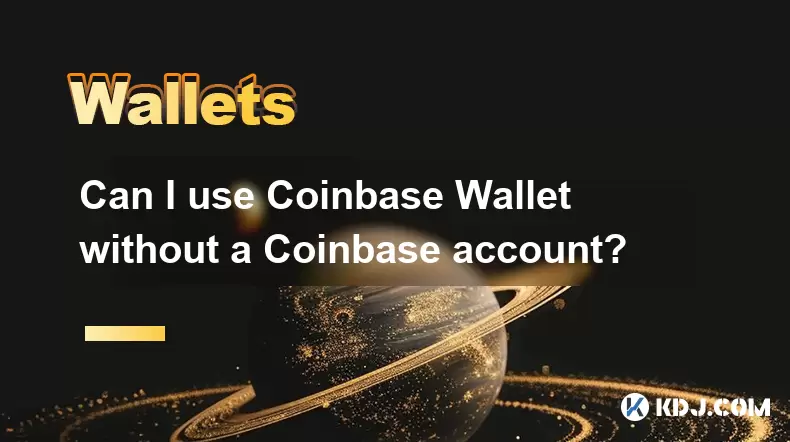
Can I use Coinbase Wallet without a Coinbase account?
Jul 18,2025 at 04:35am
What is Coinbase Wallet?Coinbase Wallet is a self-custodial wallet that allows users to store, send, and receive various cryptocurrencies directly on ...
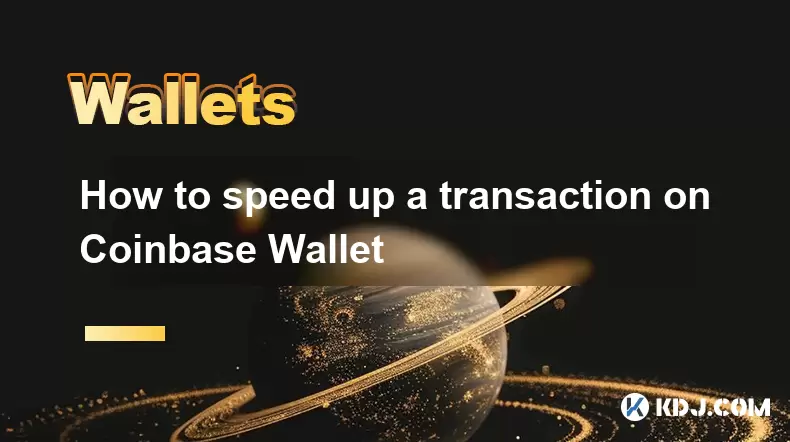
How to speed up a transaction on Coinbase Wallet
Jul 27,2025 at 07:14am
Understanding Transaction Speed on Coinbase WalletWhen using Coinbase Wallet, users may occasionally encounter delays in transaction confirmations. Th...
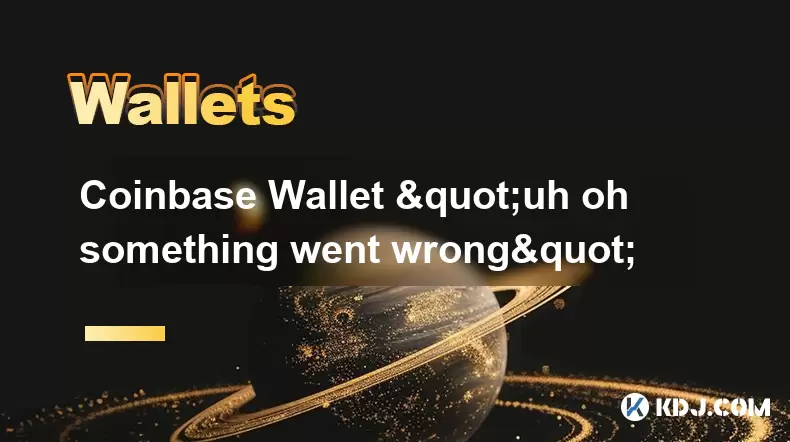
Coinbase Wallet "uh oh something went wrong"
Jul 20,2025 at 10:00am
Understanding the Coinbase Wallet Error: 'Uh Oh, Something Went Wrong'If you're a Coinbase Wallet user, encountering the error message 'Uh Oh, Somethi...
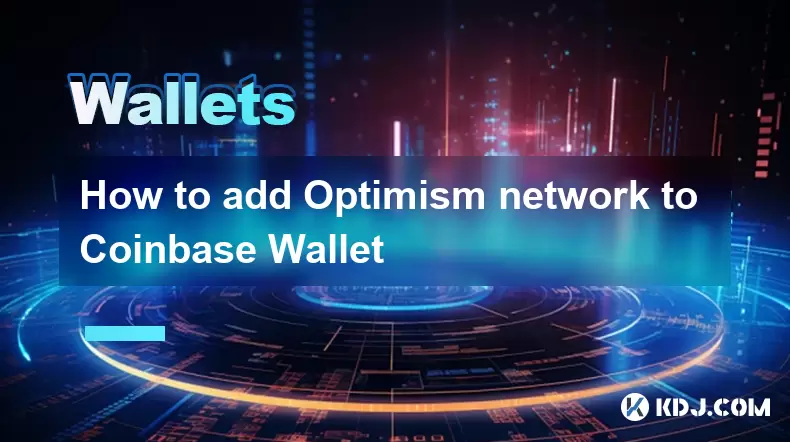
How to add Optimism network to Coinbase Wallet
Jul 20,2025 at 05:21am
What is the Optimism Network?The Optimism network is a Layer 2 scaling solution built on top of the Ethereum blockchain. It aims to enhance transactio...

How to add Arbitrum to Coinbase Wallet
Jul 18,2025 at 03:00pm
Understanding Arbitrum and Its Integration with Coinbase WalletArbitrum is a layer-2 scaling solution developed by Offchain Labs to enhance the speed ...

How to bridge assets on Coinbase Wallet
Jul 27,2025 at 01:14am
What Is Asset Bridging in the Context of Coinbase Wallet?Bridging assets refers to the process of transferring tokens from one blockchain network to a...

Can I use Coinbase Wallet without a Coinbase account?
Jul 18,2025 at 04:35am
What is Coinbase Wallet?Coinbase Wallet is a self-custodial wallet that allows users to store, send, and receive various cryptocurrencies directly on ...

How to speed up a transaction on Coinbase Wallet
Jul 27,2025 at 07:14am
Understanding Transaction Speed on Coinbase WalletWhen using Coinbase Wallet, users may occasionally encounter delays in transaction confirmations. Th...

Coinbase Wallet "uh oh something went wrong"
Jul 20,2025 at 10:00am
Understanding the Coinbase Wallet Error: 'Uh Oh, Something Went Wrong'If you're a Coinbase Wallet user, encountering the error message 'Uh Oh, Somethi...

How to add Optimism network to Coinbase Wallet
Jul 20,2025 at 05:21am
What is the Optimism Network?The Optimism network is a Layer 2 scaling solution built on top of the Ethereum blockchain. It aims to enhance transactio...

How to add Arbitrum to Coinbase Wallet
Jul 18,2025 at 03:00pm
Understanding Arbitrum and Its Integration with Coinbase WalletArbitrum is a layer-2 scaling solution developed by Offchain Labs to enhance the speed ...
See all articles

























































































